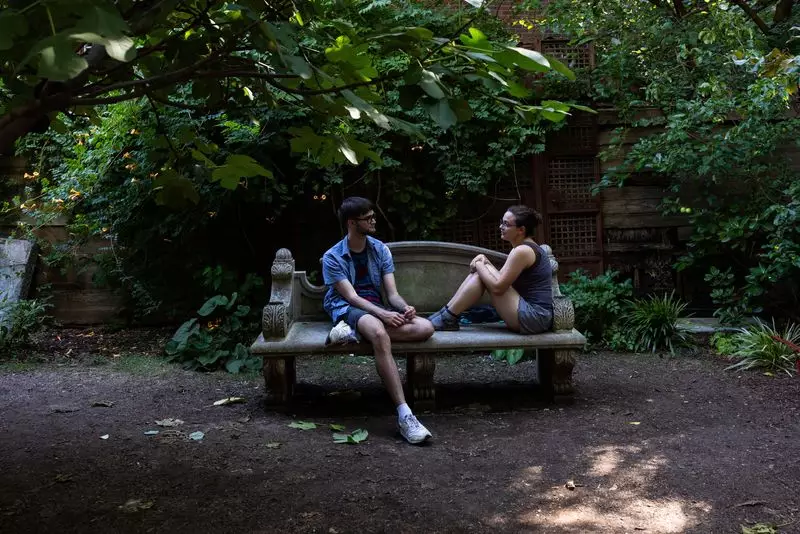In the heart of lower Manhattan lies Elizabeth Street Garden, a cherished public garden established in 1991, which may soon face eviction to make room for a 123-unit affordable housing project for seniors. Despite opposition from notable figures such as Robert De Niro and Martin Scorsese, the city remains steadfast in its development plans for the one-acre plot. The garden, renowned for its serene atmosphere in the bustling Little Italy neighborhood, has become a symbol of the clash between the priorities of preserving urban green spaces and addressing the pressing need for affordable housing in New York City.
New York City’s Housing Crisis
New York City is facing a severe housing crisis marked by a vacancy rate of 1.4%, the lowest since 1968. With housing prices skyrocketing and availability dwindling, Mayor Eric Adams has made it a top priority to address the issue by committing to building 500,000 new homes by 2032. The city’s Department of Housing Preservation and Development has mandated that new housing projects allocate 20-30% of units as affordable housing. However, the controversy surrounding Elizabeth Street Garden underscores the challenges of balancing the creation of affordable housing with the preservation of cultural landmarks and green spaces.
In response to the housing crisis, Mayor Adams launched the City of Yes initiative in 2022 to revamp zoning regulations and facilitate the construction of more housing units across the city. The initiative aims to make use of underutilized spaces, such as converting office buildings and adding apartments above businesses in low-density commercial areas. While the plan has garnered support for increasing housing stock, it has also faced pushback from residents in low-density neighborhoods, who fear changes to zoning regulations will negatively impact their quality of life.
Gentrification looms large in the debate over housing development in New York City, with communities expressing concerns about displacement, rising rents, and the loss of cultural heritage. The proposed One45 Towers project in Harlem, a $700 million high-rise complex, has encountered significant opposition due to fears of gentrification and the erasure of the neighborhood’s character. Critics argue that such developments cater to market-rate and luxury tenants, leading to the displacement of long-time residents and exacerbating socio-economic inequalities.
The Future of Urban Development in New York City
As New York City grapples with the dual challenges of affordable housing and preserving green spaces, the clash between development projects and community interests underscores the complex nature of urban planning. The City of Yes initiative seeks to strike a balance between addressing the housing crisis and mitigating the impact on existing neighborhoods. However, the tension between developers, residents, and preservationists continues to shape the city’s future landscape, highlighting the need for thoughtful and inclusive approaches to urban development in the face of rapid growth and change.

